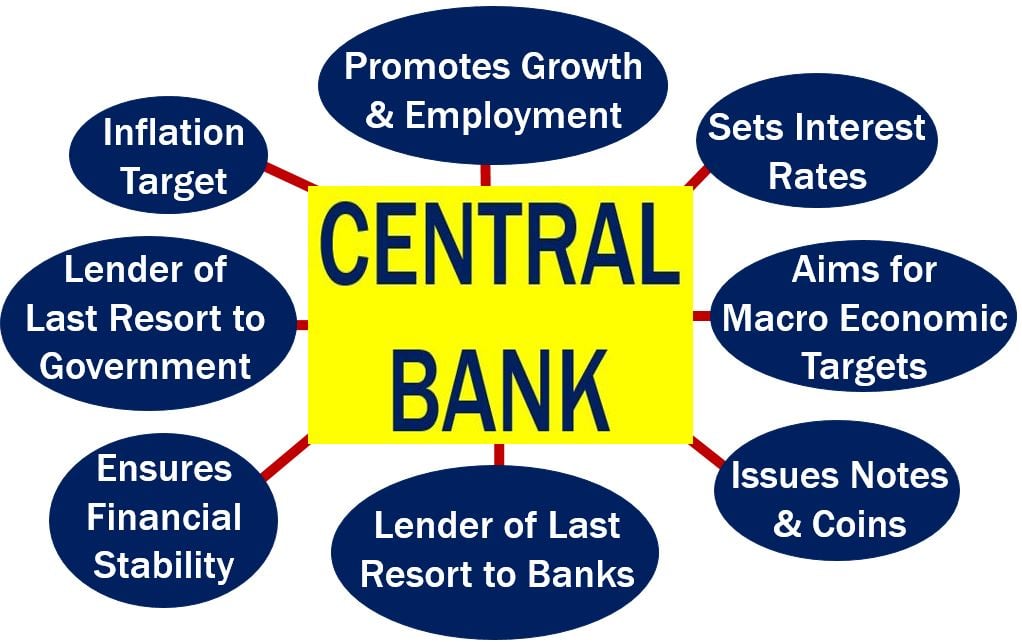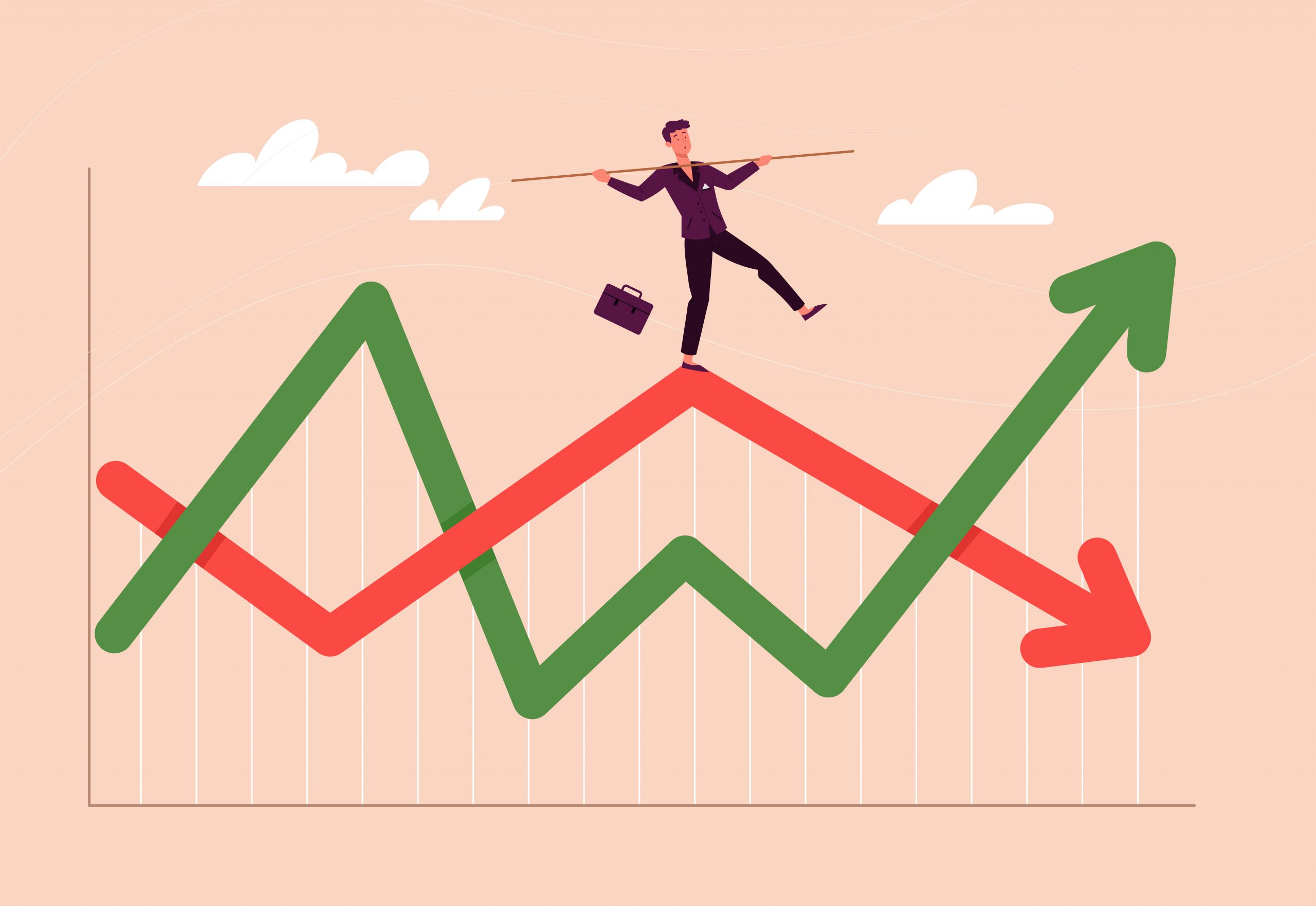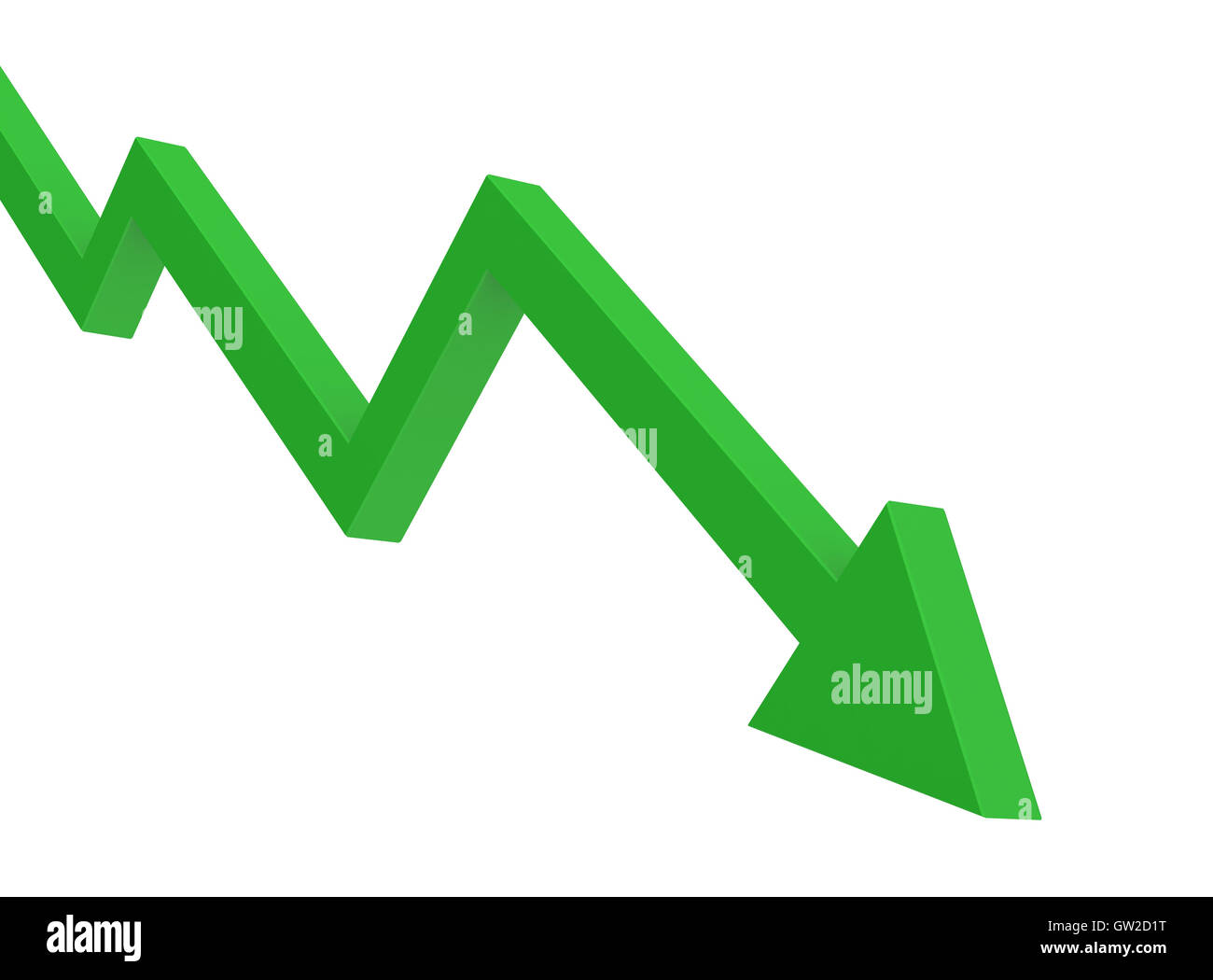In today’s volatile economic landscape, understanding the causes of a recession is paramount. A recession, characterized by a significant decline in economic activity spread across the economy, often sparks concerns about job losses, decreased consumer spending, and financial instability. This comprehensive guide delves into the various factors contributing to a recession, shedding light on the complexities of economic downturns and their far-reaching impacts. Learn about the signs, impacts, response mechanisms, and mitigation strategies associated with recession to navigate through these challenging times effectively.

Exploring the Causes of a Recession
Economic downturns represent a complex interplay of factors, ranging from financial crises to geopolitical events or natural disasters. These events can unsettle markets, causing ripple effects that lead to recessions. Additionally, issues like mounting debt levels, asset bubbles, and sector imbalances sow seeds of instability in the economy, potentially triggering downturns.
Sudden and unforeseen shocks like pandemics or wars have the power to severely disrupt supply chains and dampen consumer demand, culminating in reduced economic output. Such external shocks, when combined with internal vulnerabilities, can amplify the impact and duration of a recession, challenging the economy’s resilience.
The intervention of governments through policy decisions plays a significant role in shaping the economic landscape. For instance, policies like interest rate hikes or fiscal tightening can inadvertently exacerbate economic vulnerabilities, increasing the likelihood of a recession. The fine balance between stimulating growth and maintaining stability becomes crucial in averting downturns.

Recognizing the Signs of a Recession
Declining GDP Growth:
A substantial decrease in Gross Domestic Product (GDP) growth serves as a fundamental sign of an oncoming recession. When the overall economic output shrinks over consecutive quarters, it alerts economists and policymakers to the possibility of an economic downturn.
High Unemployment Rates and Falling Consumer Confidence:
Elevated unemployment figures and a dip in consumer confidence levels are notable red flags indicating a recession. Rising job losses and a decline in consumer optimism reflect underlying economic instability.
Reduced Business Investment and Consumer Spending:
A drop in business investments and a decrease in consumer spending contribute significantly to an economic slowdown. Companies scaling back on expansion plans and individuals curtailing their expenditures demonstrate a weakening economy.
Financial Market Volatility and Asset Price Decline:
Increased volatility in financial markets combined with a decline in asset prices, such as stocks and real estate, can foreshadow an impending recession. Sudden fluctuations and devaluation of assets are crucial indicators to watch for economic downturns.
In conclusion, being able to recognize these signs of a recession empowers individuals, businesses, and policymakers to take proactive measures. By monitoring these key indicators closely, we can better prepare for and mitigate the effects of economic downturns, ultimately fostering resilience in challenging economic times.

Government and Central Bank Responses to a Recession
Government Role in Economic Stimulus
Governments deploy fiscal policies like tax reductions and infrastructure projects to bolster demand during a recession. By injecting money into the economy, they aim to create jobs, restore confidence, and revive business activities, thus mitigating the recession’s impact while fostering economic growth. This intervention supports citizens and businesses, cushioning the effects of an economic downturn.
Central Bank Strategies and Monetary Tools
Central banks employ monetary policies to tackle recessions, primarily through interest rate adjustments. Lowering interest rates incentivizes borrowing, spurring investments and consumer spending. Additionally, quantitative easing comes into play, where central banks acquire assets like bonds to infuse liquidity into the financial system, easing credit conditions and stimulating economic liftoff.
Balancing Act of Policymakers
Despite the urgency to drive economic recovery during a recession, policymakers face a delicate balancing act. They must navigate between stimulating growth through interventions like lowering rates or increasing spending while averting inflation and maintaining financial stability. Striking this equilibrium is crucial to prevent overheating the economy while fostering sustainable growth post-recession.

Preparing for and Mitigating the Effects of a Recession
Individual Preparedness:
Individuals play a crucial role in mitigating the effects of a recession. By establishing emergency savings, reducing debt burdens, and diversifying investments, they can better withstand financial shocks and uncertainty, ensuring a more stable financial standing during economic downturns.
Business Strategies:
Businesses should adopt proactive measures during recessions. Cost control strategies, fostering innovation to adapt to changing market dynamics, and prioritizing customer relationships can enhance resilience and competitiveness, safeguarding against the adverse impacts of economic contractions.
Government Support:
Governments have a pivotal role in lessening the impact of recessions on society. Implementing unemployment benefits, facilitating job training programs, and offering financial aid can provide vital support to individuals and businesses, promoting economic stability and recovery during challenging times.
Long-term Planning:
Embracing long-term economic planning and enacting prudent fiscal policies are vital for enhancing economic resilience. By fostering a robust economic framework, governments can better position themselves to mitigate the severity of future recessions, ensuring sustainable growth and stability in the face of economic uncertainties.

The Evolving Landscape: Exploring Future Recessions
In the realm of economic downturns, emerging trends shape the trajectory of recessions. Technological advances and globalization redefine how economies operate, impacting the onset and duration of recessions. As economies become more interconnected, the spread of financial disturbances accelerates, necessitating a deep understanding of global dynamics to anticipate and manage future recessions effectively.
Moreover, the looming specter of climate change introduces a new dimension to economic stability. Environmental risks pose significant challenges, influencing resource allocation, production processes, and market dynamics. Addressing these challenges demands innovative strategies that integrate sustainability principles into economic policies, emphasizing the importance of environmental consciousness in reducing vulnerabilities to future recessions.
Policymakers worldwide are recognizing the need for forward-thinking approaches to buffer economies against the shocks of future recessions. From unconventional monetary policies to tailored fiscal interventions, decision-makers are exploring creative solutions to mitigate the adverse effects of economic downturns. This proactive stance reflects a paradigm shift towards adaptive policymaking that seeks to foster resilience and sustainability in the face of turbulent economic landscapes.
In this fast-paced economic environment, the key to successfully navigating future recessions lies in continuous monitoring and adaptive strategies. By staying abreast of evolving trends, policymakers, businesses, and individuals can proactively adjust their approaches to effectively respond to economic challenges. Flexibility and readiness to embrace change are paramount in mitigating the impacts of recessions and capitalizing on emerging opportunities amidst economic uncertainties.
